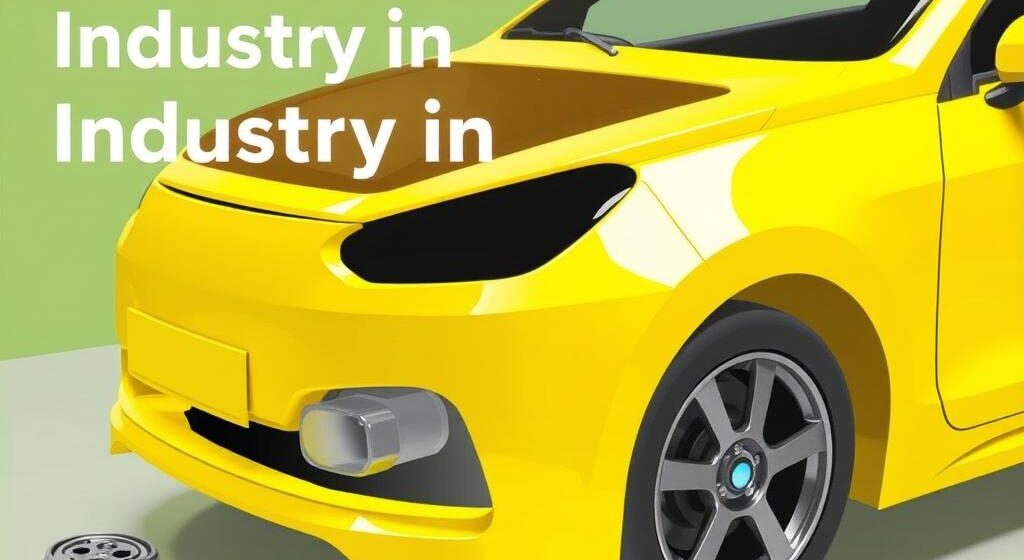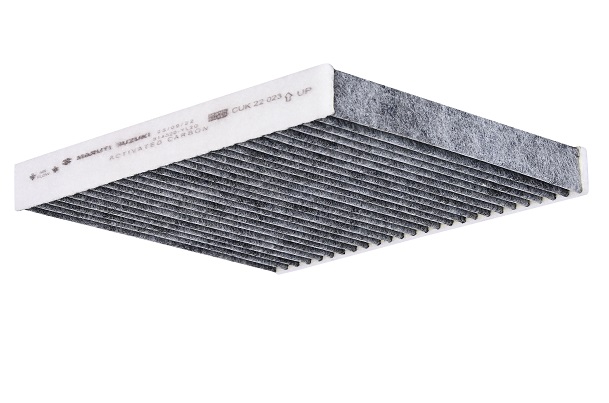Here’s a detailed blog post on the topic “The Evolution of the Auto Parts Industry in India: Trends and Insights.” The blog will explore the history, current trends, and future outlook of the auto parts industry in India.
The Evolution of the Auto Parts Industry in India: Trends and Insights
The auto parts industry in India has witnessed significant growth and transformation over the years, becoming a crucial component of the country’s automotive sector. With a rich history, the industry has evolved from a fragmented and unorganized market to a globally competitive powerhouse. In this blog, we will explore the evolution of the auto parts industry in India, examine the current trends shaping the sector, and provide insights into its future trajectory.
1. A Brief History of the Auto Parts Industry in India
The auto parts industry in India dates back to the early 1950s when the country began its journey toward industrialization. Initially, the industry was small and primarily catered to the needs of a limited number of vehicle manufacturers. The production was mostly confined to basic components like tires, batteries, and a few engine parts.
Growth in the 1980s and 1990s:
The real growth of the industry began in the 1980s and 1990s, driven by the liberalization of the Indian economy and the entry of global automotive giants. The establishment of Maruti Suzuki in 1981 marked a significant turning point, leading to increased demand for auto parts and the subsequent growth of the industry.
The Rise of Domestic Players:
During this period, several domestic auto parts manufacturers emerged, contributing to the rapid expansion of the industry. Companies like Bharat Forge, Sundaram Clayton, and TVS Group became key players, supplying parts to both domestic and international markets.
Integration into the Global Supply Chain:
By the late 1990s and early 2000s, the Indian auto parts industry had integrated into the global supply chain, exporting components to major automotive markets around the world. The industry’s ability to produce high-quality parts at competitive prices made it an attractive destination for global OEMs (Original Equipment Manufacturers).
2. Current Trends Shaping the Indian Auto Parts Industry
The Indian auto parts industry continues to evolve, influenced by various factors including technological advancements, changing consumer preferences, and government policies. Here are some of the key trends shaping the industry today:
a. Shift Towards Electric Vehicles (EVs):
With the global shift towards sustainable transportation, the Indian auto parts industry is increasingly focusing on components for electric vehicles (EVs). This includes the development of batteries, electric drivetrains, and power electronics. The government’s push for EV adoption, coupled with incentives under the FAME scheme, is accelerating this transition.
b. Emphasis on Localization:
The “Make in India” initiative has encouraged the localization of auto parts manufacturing, reducing reliance on imports and promoting domestic production. This has led to the growth of local suppliers and manufacturers, who are now playing a significant role in the supply chain of global automotive companies operating in India.
c. Technological Advancements:
The adoption of advanced technologies such as automation, IoT (Internet of Things), and AI (Artificial Intelligence) is transforming the auto parts manufacturing process. These technologies are enabling manufacturers to improve production efficiency, reduce costs, and enhance the quality of components.
d. Focus on Lightweight Materials:
As fuel efficiency and emissions standards become more stringent, there is a growing demand for lightweight materials in vehicle manufacturing. The auto parts industry is increasingly using materials like aluminum, high-strength steel, and composites to produce lighter yet durable components.
e. Rise of Aftermarket Services:
The aftermarket segment, which includes the sale of replacement parts, accessories, and services, is experiencing significant growth in India. With an increasing number of vehicles on the road and a focus on vehicle maintenance, the demand for aftermarket auto parts is on the rise. This trend is also supported by the growth of e-commerce platforms that offer easy access to a wide range of auto parts.
3. Challenges Facing the Indian Auto Parts Industry
Despite its growth and evolution, the auto parts industry in India faces several challenges that could impact its future trajectory:
a. Supply Chain Disruptions:
The COVID-19 pandemic exposed vulnerabilities in the global supply chain, affecting the availability of raw materials and components. The industry must work towards building a more resilient supply chain to mitigate the impact of future disruptions.
b. Skilled Labor Shortage:
The industry’s shift towards advanced manufacturing technologies requires a skilled workforce. However, there is a shortage of trained professionals with expertise in new technologies, which could hinder the industry’s ability to adopt innovations effectively.
c. Environmental Regulations:
Stringent environmental regulations, particularly regarding emissions and waste management, are posing challenges for auto parts manufacturers. Compliance with these regulations requires significant investment in clean technologies and processes, which could strain the finances of smaller companies.
d. Competition from Low-Cost Countries:
India faces competition from other low-cost manufacturing countries such as China, Vietnam, and Thailand. To stay competitive, Indian manufacturers need to focus on improving quality, reducing costs, and enhancing innovation.
4. Opportunities and the Future Outlook
The future of the Indian auto parts industry looks promising, with several opportunities for growth and expansion:
a. Expansion into Global Markets:
Indian auto parts manufacturers have the opportunity to expand their footprint in global markets, particularly in regions like Africa, Latin America, and Southeast Asia. The focus should be on producing high-quality, cost-effective components that meet international standards.
b. Collaboration and Innovation:
Collaboration between OEMs, suppliers, and technology providers is crucial for driving innovation in the industry. Joint ventures, partnerships, and technology transfers can help Indian manufacturers gain access to advanced technologies and expertise.
c. Investment in R&D:
To stay competitive, the industry must invest in research and development (R&D) to develop new products, materials, and technologies. This includes the development of components for electric and autonomous vehicles, which represent the future of the automotive industry.
d. Government Support:
Continued support from the government in the form of incentives, tax breaks, and infrastructure development will be essential for the growth of the auto parts industry. Policies that promote innovation, sustainability, and exports can further strengthen the industry’s position in the global market.

Conclusion
The evolution of the auto parts industry in India is a testament to the country’s growing prowess in manufacturing and innovation. From its humble beginnings to becoming a key player in the global automotive supply chain, the industry has come a long way.
As the world shifts towards electric and autonomous vehicles, the Indian auto parts industry must embrace change, invest in new technologies, and focus on quality to remain competitive. With the right strategies and government support, the industry is well-positioned to capitalize on the opportunities presented by the rapidly changing automotive landscape, ensuring continued growth and success in the years to come.
This blog provides a comprehensive overview of the evolution of the auto parts industry in India, highlighting key trends, challenges, and opportunities for the future.





